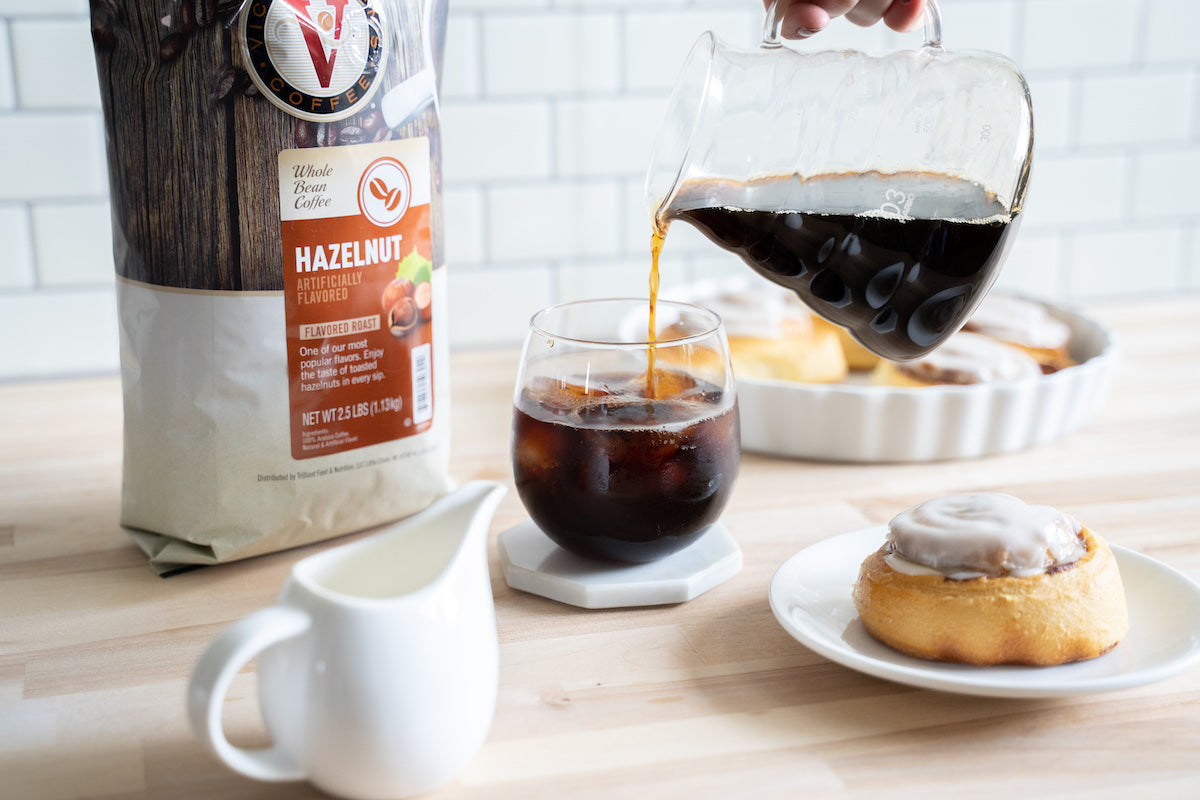Light Roast Coffee vs. Dark Roast Coffee

In wine, there’s red and white.
In beer, there are porters and stouts and pale ales.
And in coffee, there are dark and light roasts. Bold, aggressive flavors that stand in contrast to mild, typically fruitier ones.
But there are differences in the comparison of dark roast vs. light roast coffee that go well beyond those. Here, the rundown on the characteristics of these roast types and why knowing more about them can point you in the direction of a more satisfying coffee experience—at the shop, or at home.
Difference Between Light and Dark Roast Coffee
Light roast vs. dark roast taste: With taste, the key observation is intensity. Dark roasts are characterized by low acidity, a full body, pronounced bitterness, and notes of chocolate and nuts. A light roast, then, is known for higher acidity and a more tea-like body, with undertones of citrus, flowers, or berry. One is not considered better than the other; it’s generally a matter of taste preference.
Now, let’s talk technical differences.
A light roast is, perhaps predictably, exposed to heat for less time in the roasting process. Water is heated out of the beans after they’re washed and typically taken out before or shortly after “first crack”—lingo that is inessential for the casual coffee drinker, but signifies being removed from heat before it can lose its acidity and brightness. (A dark roast vs. light roast’s level acidity is a generally good way to compare the two, if you need to explain to a friend.) It’s also less dense. Craft coffee—or “Third Wave” coffee—tends to produce a lot of light roasts because they preserve the natural flavors within a coffee bean by being taken out before the heat can caramelize sugars. Most breakfast or morning blends, too, will be a light roast.
A dark roast, by comparison, goes beyond first crack and into a second, into a realm of more rich and oily flavor profiles. The bean will start to blacken as it’s left in after the first crack of the beans. These beans are often associated with Italian and French roasts—two countries historically associated with darker coffee. (Spain, too.)
Which has more caffeine: Light or dark roast? Counter to common perception, one roast does not have more caffeine than the other, and a stronger—that is, bolder—flavor does not mean there is more caffeine. Nor does the brightness of a coffee indicate more caffeine.
Lastly, is dark or light roast healthier than the other? The resounding answer is “No.” Coffee is non-caloric if consumed black, no matter what the roast is.
What About a Medium Roast?
Smack dab in the middle of light vs. dark roast coffee is the Switzerland of the bunch: the medium roast.
Quite simply, a medium roast lands firmly in the middle of light and dark roasts’ characteristics, debatably containing the best qualities of both. Medium roast coffees retain many of the flavors present in light roasts—with sacrifices, to be sure—while boasting a much heavier body than a light roast.
A medium-dark roast will be heated just to the point of second crack. Beans are typically crisped to a dark brown hue that stands in contrast to the almost black color of an oil-coated dark roast. This may sometimes be referred to as a “Vienna Roast,” though that can just as easily refer to a dark roast.
There’s no wrong way to enjoy a cup of coffee. Whether you’re a fan of a light roast or you lean toward “the dark side” -- or are squarely in the middle, savoring sip after sip of a medium roast. It’s all a matter of preference and learning which roasts resonate with you at a given moment. That’s the beauty of coffee.